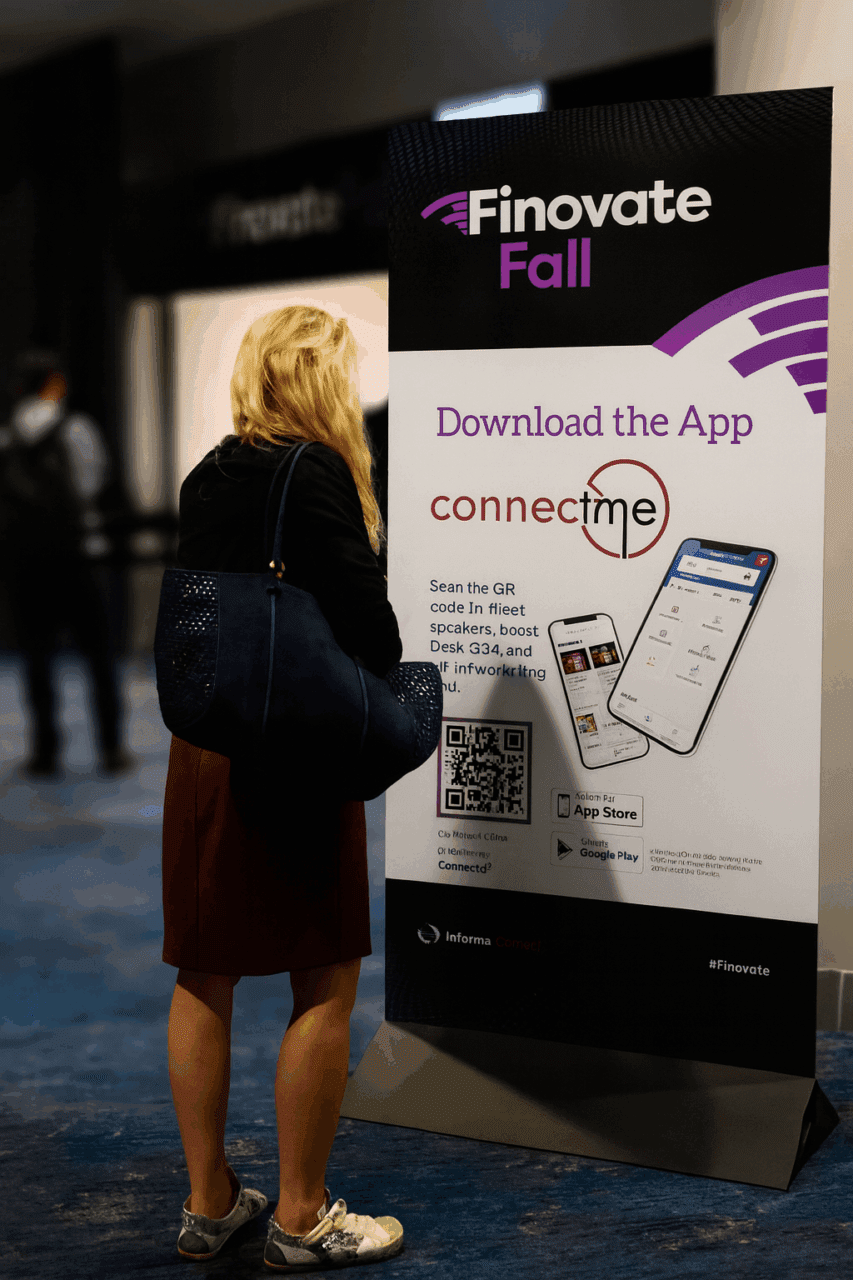
- PayNearMe raises $50 million in Series E funding, bringing its total funding to $168 million since its founding in 2009.
- The company is rebranding its platform as PayXM, signaling a shift from payment processing to Payment Experience Management.
- The shift shows PayNearMe’s focus on the customer experience in which it aims to make payments seamless, strategic, and embedded across industries.
Payments innovator PayNearMe is raking in $50 million in Series E funding from Atlantic Vantage Point (AVP). The investment brings PayNearMe’s total raised to $168 million since it was founded in 2009.
The California-based company will use today’s funds to expand into new markets and fuel its product offerings. As part of this, PayNearMe is renaming its platform PayXM, recognizing its product evolution in what it calls Payment Experience Management. The company aims to use PayXM to enable businesses to manage the entire payment journey with a single platform and integration.
“PayNearMe has redefined what it means to deliver a modern payment experience. The company is uniquely positioned to solve challenges in a space long underserved and overlooked,” said AVP General Partner and Head of Growth Fund, North America Elizabeth de Saint-Aignan. “PayNearMe’s vision and proven execution are changing how non-commerce businesses approach payments, and we’re excited to support them in this next stage of growth.”
PayNearMe was founded in 2009 to enable unbanked individuals to transact online by paying with cash at brick-and-mortar retailers. Today, the California-based company offers payment processing, exception management, and diverse payment options for banks, toll companies, mortgage servicing companies, online gaming, auto lenders, and buy here pay here payment collectors.
The move from a pure payments processor to a Payment Experience Management provider reflects PayNearMe’s effort to position its payments offering as a strategic driver of customer experience, not just a back-office function.
“For too long, payments have been treated only as a cost of doing business,” said PayNearMe CEO Danny Shader. “We see improving payments as a powerful opportunity to help businesses differentiate, drive customer satisfaction, and improve business results. AVP’s funding will allow us to deliver the benefits of Payment Experience Management to more clients and in new markets.”
Today’s $50 million investment shows that investors see opportunity in rethinking payments not as plumbing, but as an experience. In launching PayXM, PayNearMe is betting that the next wave of fintech will come from embedding payments to make them invisible, seamless, and integrated into the customer experience.












